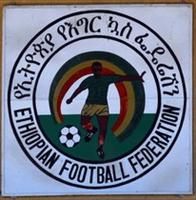Another busy day in Warancha and the surrounding area of Awassa.

Best Day Yet! Another busy day in Warancha and the surrounding area of Awassa. The children greeted us with a song and game as we walked onto the field. They were so excited to see us again. We taught them songs and in return, they sang for us. We played “Minute to Win It,” passed life savers on spaghetti noodles, and balanced 5 die on popsicle sticks. Our team performed two skits: birth of Christ with shepherds and then birth of Christ with wise men. Then the children re-enacted both skits. They are stars in the making and really played their parts well…even down to the expressions on their faces when the host of angels came to proclaim Christ’s birth. We ended our morning with another soccer game while the little ones played other games. We left Warancha at noon, ate lunch and then visited Shalom Orphanage just down the street. This is the orphanage from where Doug (our team leader from Riverside) adopted his son Zebene, 7 months ago. Arrangements had been made prior to


